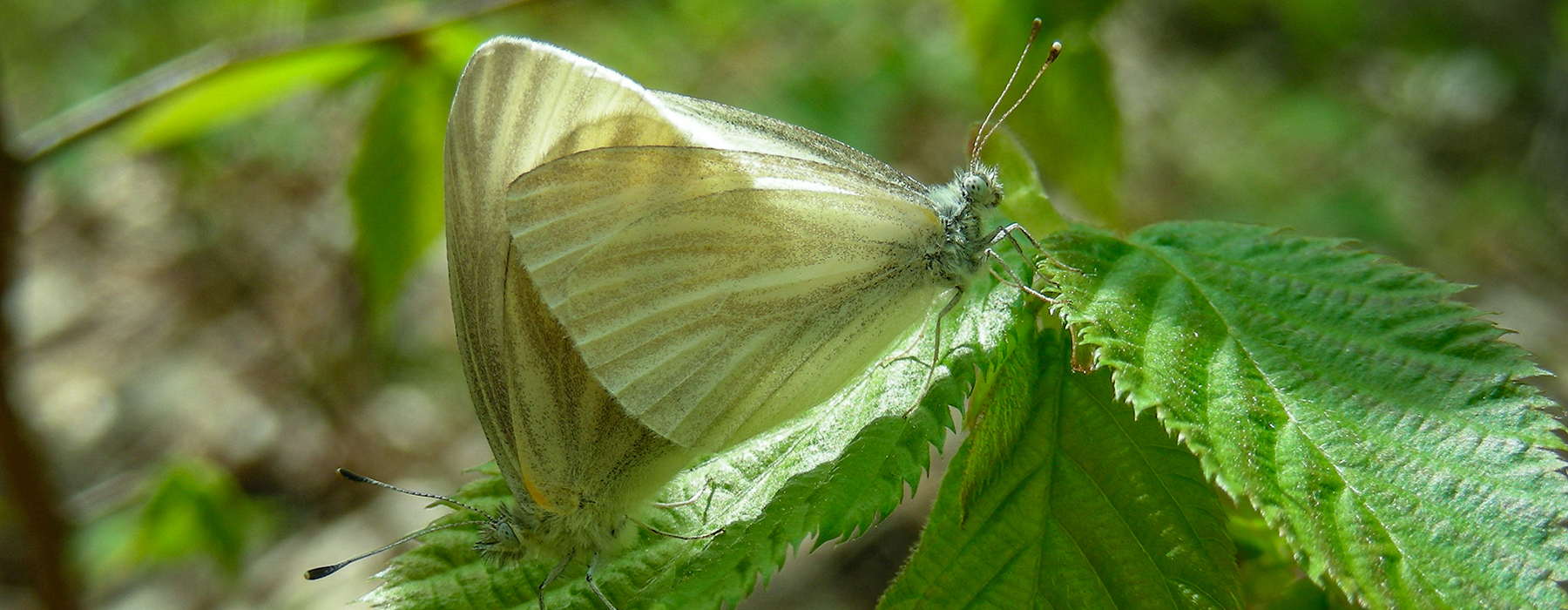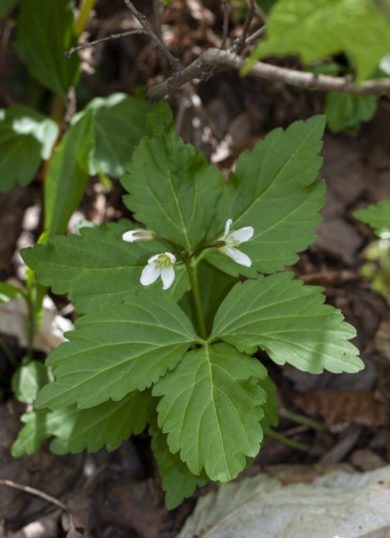Spring is changing. The snow is melting earlier, wildflowers are blooming sooner, and trees are leafing out faster. How are West Virginia White butterflies faring?
Help us monitor them. During spring, find a patch of rich, hardwood forest, count all the butterflies you find, and report them to eButterfly. Even if you don’t find any butterflies, zeros are important to report too! Can you break the early or late record for a West Virginia White sighting? Who will have the highest count? Can we find them in places they’ve never been recorded? We can’t wait to find out!
It’s not a gaudy butterfly. It isn’t the biggest or the smallest. In fact, it’s mostly just white. But this butterfly is unusual; it only flies in forests. Its an ephemeral spring wildflower groupie.
To see this butterfly you need to get to rich, mature hardwoods with spring wildflowers early in the season. Our other, more common veined white, the Mustard White, does fly in woods, but it has distinct dark veins in its first brood (when it may be confused with West Virginia White). The West Virginia White always has faint gray scaling along the veins. And, unlike the Mustard White, it only flies early in the season. Their flight is slow and close to the ground. Follow a woodland stream until you find the host plant–and the butterfly. Its caterpillars only feed on Two-leaved Toothwort (AKA crinkleroot) (Cardamine diphylla) and Cut-leaved Toothwort (Cardamine concatenata).








